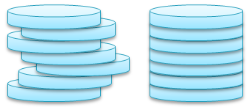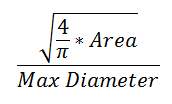![]()
Morphometric features
Non-normalized structures
The neuron summary provides a quick overview of the selected neuron components: axons, dendrites, and cell body.
The overview includes lengths, areas, volumes, quantities, and complexity. Quantities include the number of nodes, terminations, and spines on the branched structures.





